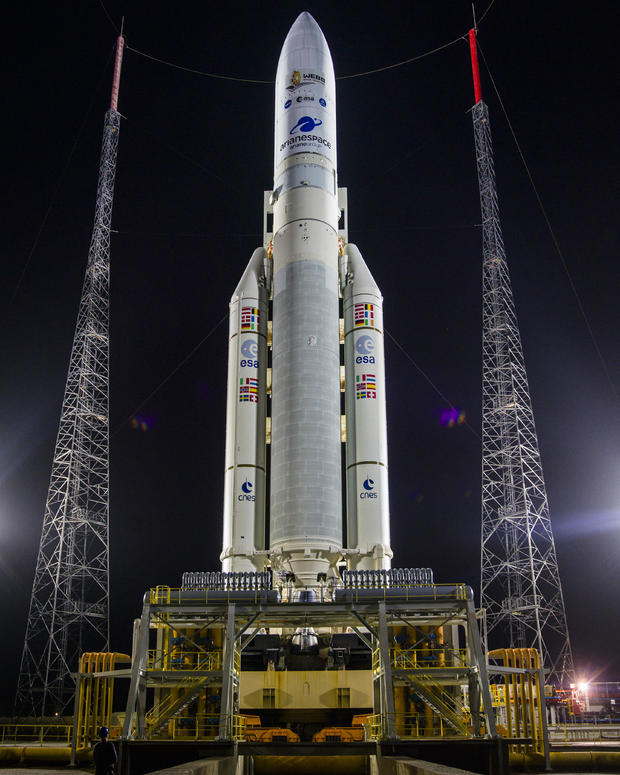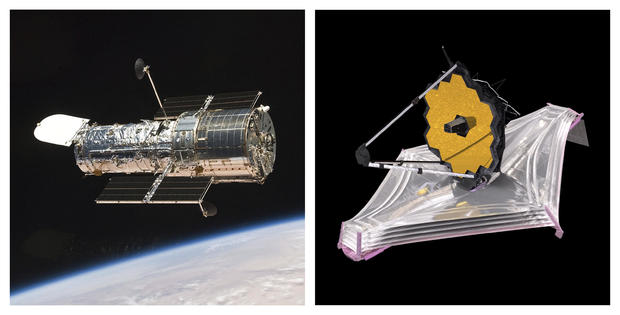The place that humans know most intimately in all the universe is a rocky planet called Earth. It makes sense, then, that humans are existentially driven to imagine what other such celestial bodies may be like. The scientific curiosity about what planets exist beyond the sun's neighborhood is supported by several missions, like NASA's Transiting Exoplanet Survey Satellite (TESS) and its Kepler spacecraft.
The study of exoplanets, or planets beyond our solar system, helps address questions about our place in the solar system and in the universe. For example, learning about massive gas giants can boost our understanding about how Jupiter, one of Earth's major shields from cosmic strikes, got to be where it is now located. Searching for rocky planets in habitable zones around their distinct parent stars highlights the rarity and preciousness of our planet. And discovering what is possible out there certainly inspires our imaginations.
These are some of the top exoplanet discoveries made in 2021.
1) Exoplanet in another galaxy
In October, scientists published a study describing what is possibly the first-ever discovery of an exoplanet outside of our galaxy.
Researchers spotted this exoplanet candidate in the Whirlpool Galaxy (Messier 51), which is located 28 million light-years away from Earth.
One typically-used technique to detect exoplanets is the transit method, in which scientists look for dips in a star's optical brightness. The faint periods often indicate that a planet is passing in front of the star's face, at least from our perspective on Earth. Astronomers use spacecraft like TESS to find alien worlds this way.
But astronomers put a twist to this method to find the potentially-supergalactic world. This exoplanet candidate, called M51-ULS-1b, was spotted by scientists who were looking for dips of X-ray brightness instead of changes in optical light. X-ray observations allowed the researchers to see the objects transiting stars farther away in space.
The team used NASA's Chandra X-ray Observatory and the European Space Agency's XMM-Newton space telescope to scan several spots across multiple galaxies, all in a quest to locate a planet outside the Milky Way. In the Whirlpool galaxy alone, they looked at 55 different star systems.
It was there that they found M51-ULS-1b, a potentially Saturn-sized exoplanet that orbits its parent star and an incredibly dense object (like a neutron star or black hole) at about twice the distance at which Saturn orbits the sun.
2) Astronomers capture a planetary baby photo

Astronomers captured an image of a baby exoplanet as light reflected off this young world.
The amazing photo is not a common occurrence. The planet featured in this view is close enough to Earth that the Subaru Telescope at the summit of Hawaii's Mauna Kea volcano was able to photograph it.
Exoplanet 2M0437b is a fascinating world. In addition to its proximity to Earth — a short 417 light-years away — this place is also one of the youngest exoplanets ever found. It is much younger than the planets in the solar system, for instance. Its juvenile age of just a few million years means that the world is newly formed and therefore its surface is incredibly hot, perhaps as scorching as lava.
The planet was first spotted in 2018, but it took scientists three years to confirm 2M0437b's existence since its parent star moves very slowly across Earth's sky.
3) Rogue planets could be bending light and be revealing themselves

Astronomers used a phenomenon called gravitational lensing to spot 27 possible rogue planets.
These Earth-sized worlds are floating freely in space and aren't bound to a star, like ours is to the sun.
Astronomers published their findings in July 2021, but future observations will be needed to confirm the existence of these planetary travelers. Since the planets are not orbiting stars at regular intervals, optical light observations that measure stellar brightness or dimming cannot be used to spot the wayward celestial bodies.
Instead, astronomers looked at data obtained by NASA's planet-hunting Kepler space telescope during two months in 2016 to detect signs of rare gravitational microlensing events. These light-warping moments occur when the gravity of a massive foreground object (like a rogue planet) bends the light of a more-distant star or quasar.
Future observations from missions such as NASA's Nancy Grace Roman Space Telescope and the European Space Agency's Euclid mission could help astronomers confirm these findings.
4) A planet-making ring outside our solar system

If the photo of a baby exoplanet wasn't cute enough, astronomers caught another alien world in an even younger developmental stage. This year, researchers discovered the first known moon-forming disk around a planet outside the solar system.
The primordial ring of material swims in the space around a Jupiter-like exoplanet called PDS 70c. Along with a companion fetal planet, PDS 70c, are still in the early stages of formation. The definitive detection of this system is a big win for astronomers seeking knowledge about how protoplanetary disks shape planets and moons in a system's infancy.
The circumplanetary disk of this system is located about 400 light-years away and it is about 500 times larger than Saturn's rings. Scientists think this ring of cosmic material is enough to form three bodies about the size of Earth's moon.
5) An exoplanet may have spawned a new atmosphere
A nearby planet may have created a new atmosphere after losing one.
Scientists think this may have happened with GJ 1132 b, a world located 41 light-years away that circles its parent red dwarf star every 1.5 Earth days. Astronomers looked at observations of this exoplanet by the Hubble Space Telescope and found possible signs that the atmosphere currently shrouding the planet was not there when the world formed. One possibility is that the strange new atmosphere could have been created by gases released from molten rock in the planet.
Hubble's successor, the James Webb Space Telescope, launched on Dec. 25, 2021. Once it is up and running, the instruments aboard this next-generation observatory could help scientists get a better look at what's going on with GJ 1132 b.
6) Possible water clouds in a Neptune-like exoplanet

The high atmosphere of one exoplanet may contain clouds of water, according to research published this year.
TOI-1231 b is located just 90 light-years from Earth, takes just 24 days to orbit its tiny parent M dwarf star and is slightly smaller than Neptune. While the findings published this spring about its atmosphere are exciting, more observations will be needed to confirm that water clouds are indeed floating in this world's atmosphere.
TOI-1231 b is a temperate world with a relatively cool atmosphere when compared to other similar planets. This gaseous planet, which is approximately 3.5 times larger than Earth, may have a dense water-vapor atmosphere like the preliminary research suggests. If further observations from telescopes like JWST show that this isn't the case, the planet's atmosphere may more closely resemble Neptune's hydrogen-helium composition.
7) Exoplanet with shortest-known orbit is detected

Astronomers utilizing NASA's TESS mission discovered an exoplanet that takes just 16 hours to circle its star. This world, called TOI-2109b, is also getting closer to its star at the fastest rate ever observed.
TOI-2109b is a kind of "hot Jupiter," which is a gas giant that orbits close to its parent star. Thus far, astronomers have identified about 400 of these planets. This particular world is unique: It is about five times as massive as Jupiter, about twice the mass of our sun and it is the second-hottest exoplanet ever known. The heat, which reaches nearly 6,000 degrees Fahrenheit (3,300 degrees Celsius), could be caused by the planet's proximity to its parent star and the fact that its tidally-locked dayside never turns to face away from the star.
TOI-2109b is located in the constellation Hercules, and its star is approximately 855 light-years away from Earth. The paper detailing TOI-2109b was published on Nov. 23, 2021.
8) Nearby star Alpha Centauri A may host a Neptune-sized exoplanet

A $3 million project called Near Earths in the Alpha Cen Region (NEAR) has been searching for planets in the habitable zones of the stars of the Alpha Centauri system. These stars are located a stone's throw away from Earth, at a distance of a little more than 4 light-years.
This year, the project discovered evidence that suggests a previously-unknown planet exists in this system. In 2016 astronomers found an Earth-sized world in Alpha Centauri, called Proxima b, that dwells at a distance from its star that could support the existence of liquid water. This region is called a habitable zone, and the 2021 exoplanet finding also orbits its parent star from such a range.
The new planet candidate orbits Alpha Centauri A, a sunlike star that makes up a binary pair with Alpha Centauri B. The study authors published their findings in February 2021 and hope that the new work inspires other astronomers to peer into this nearby stellar system to find more exoplanets there.
9) GOT 'EM-1b takes more than 200 days to orbit its star

An exoplanet with the funny unofficial name "GOT 'EM-1b" has an unusually long 218-day orbit around its parent star.
Astronomers hope that this world, which is located about 1,300 light-years away from Earth, can help improve scientific understanding about planetary populations and their migrations.
Gas giants like those in our solar system orbit their star at a hefty distance. However, there are several hundred known "hot Jupiters," which are gaseous planets that orbit incredibly close to their stars. Only a few dozen of the thousands of exoplanets Kepler discovered had orbits longer than 200 days.
GOT 'EM-1b — otherwise called Kepler-1514b, after its parent star Kepler-1514 — is an anomaly. It is about five times the mass of Jupiter and falls into the gas giant category. But its exceptionally-long trip around its star resembles just a few dozen other known "hot Jupiters."
10) TESS spots one of the oldest-known rocky exoplanets

One of the oldest stars in Earth's home galaxy might be hosting a hot, rocky planet, according to a paper published In January 2021.
TOI-561b has an average surface temperature of over 3,140 degrees F (1,726 degrees C). That's because this exoplanet, which is roughly three times more massive than Earth, orbits its star closely. It takes less than 12 hours to travel once around its parent star.
The planet itself is also quite old. Using data from NASA's TESS mission and the Keck Observatory in Hawaii, astronomers determined a rough estimate for the exoplanet's age. They think it is about 10 billion years old based on its density. This makes TOI-561b one of the oldest rocky planets yet discovered, and shows that the universe has been forming rocky planets almost since its inception (which was about 14 billion years ago).
Follow Doris Elin Urrutia on Twitter @salazar_elin. Follow us on Twitter @Spacedotcom and on Facebook.
https://news.google.com/__i/rss/rd/articles/CBMiOGh0dHBzOi8vd3d3LnNwYWNlLmNvbS9iaWdnZXN0LWV4b3BsYW5ldC1kaXNjb3Zlcmllcy0yMDIx0gE8aHR0cHM6Ly93d3cuc3BhY2UuY29tL2FtcC9iaWdnZXN0LWV4b3BsYW5ldC1kaXNjb3Zlcmllcy0yMDIx?oc=5
2021-12-31 17:33:23Z
1226192139
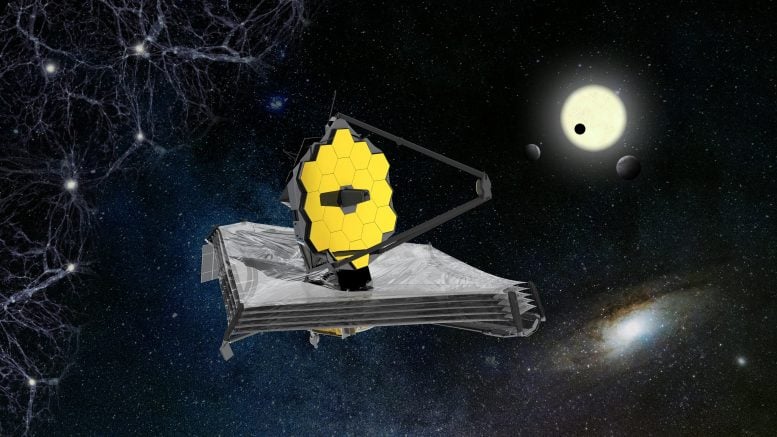

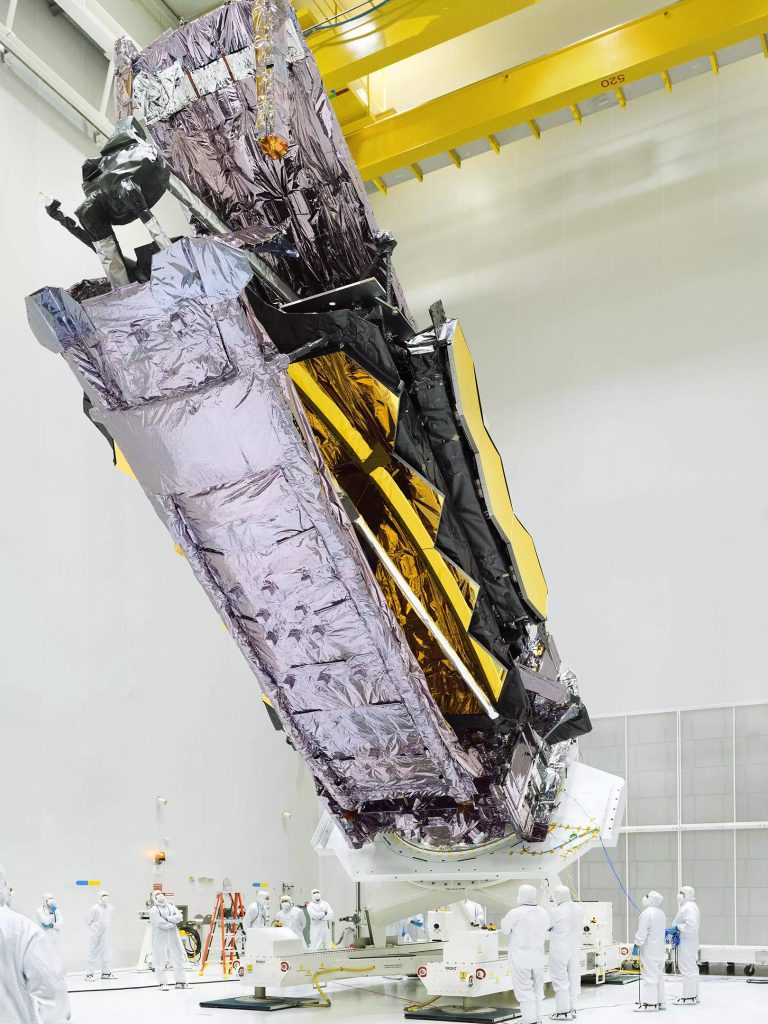
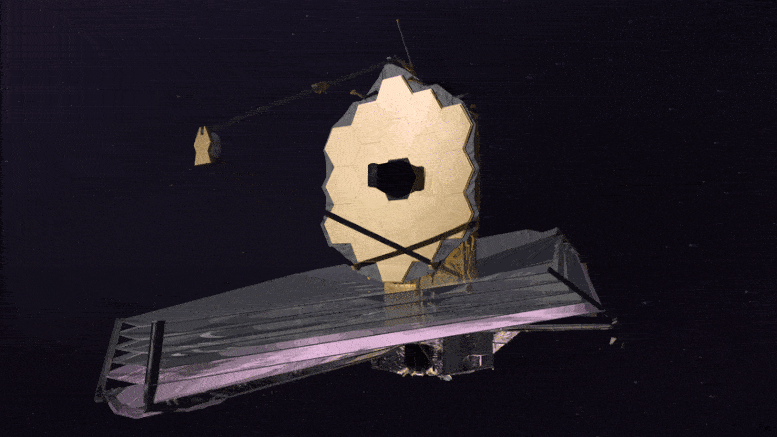
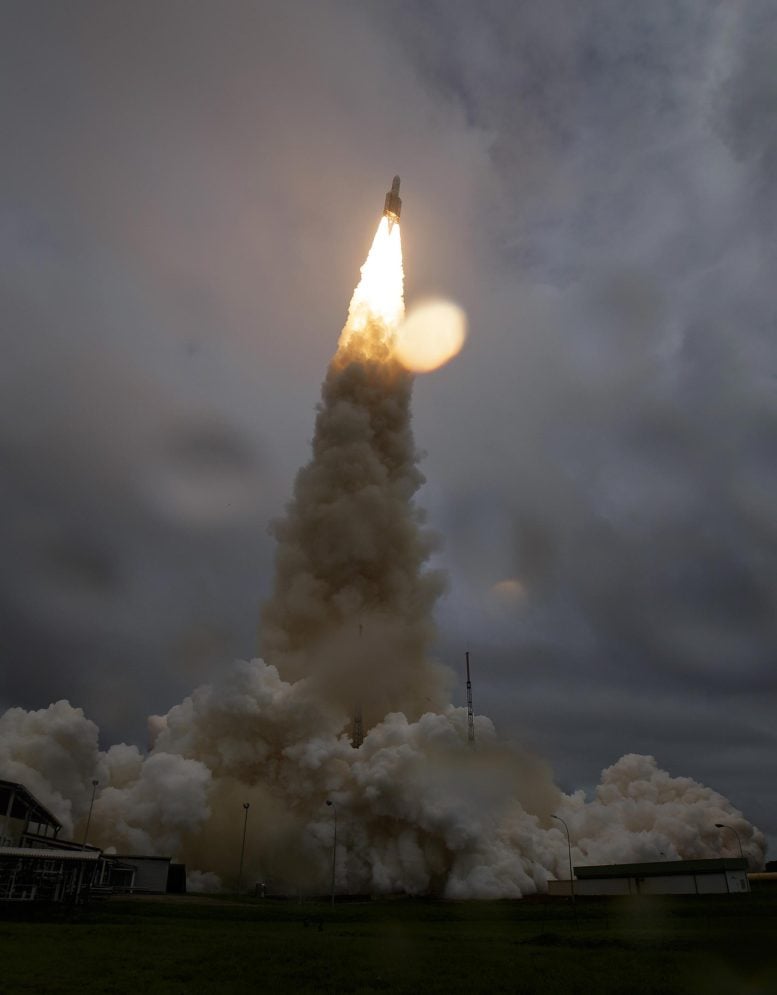
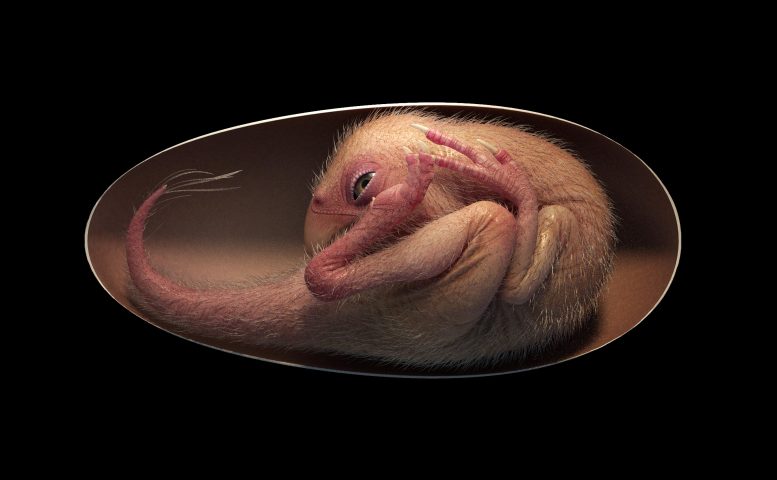
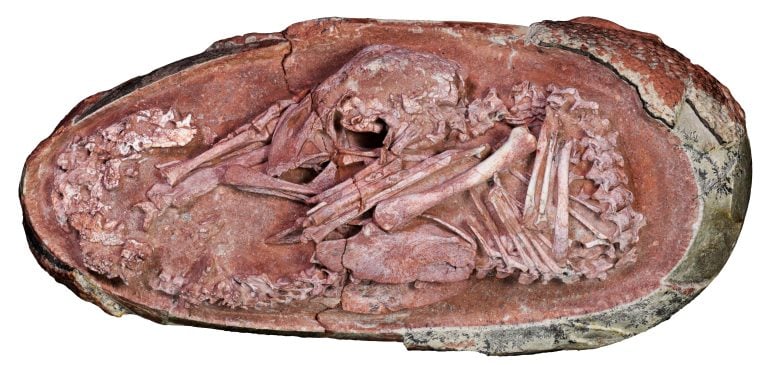

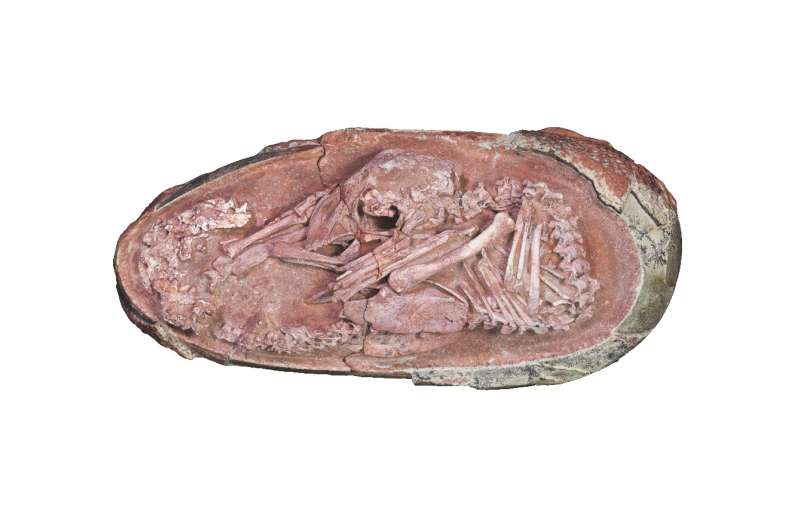
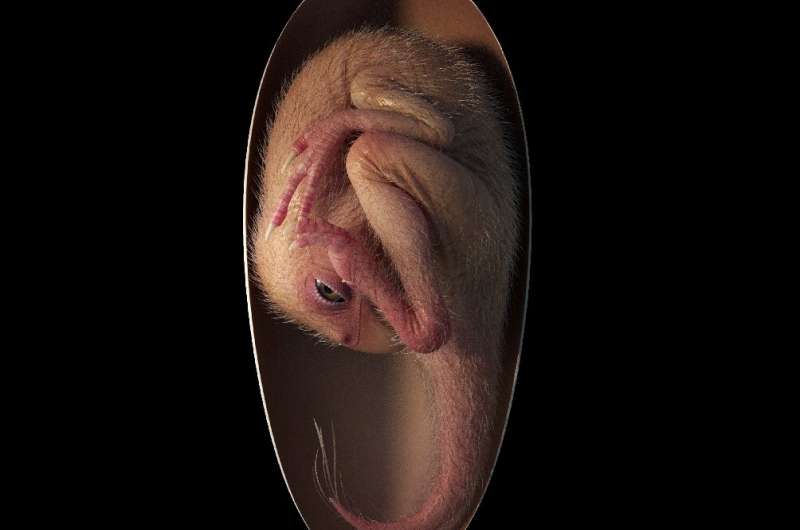

 (Yingliang Stone Nature History Museum/Storyful)
(Yingliang Stone Nature History Museum/Storyful) (Yingliang Stone Nature History Museum/Storyful)
(Yingliang Stone Nature History Museum/Storyful)